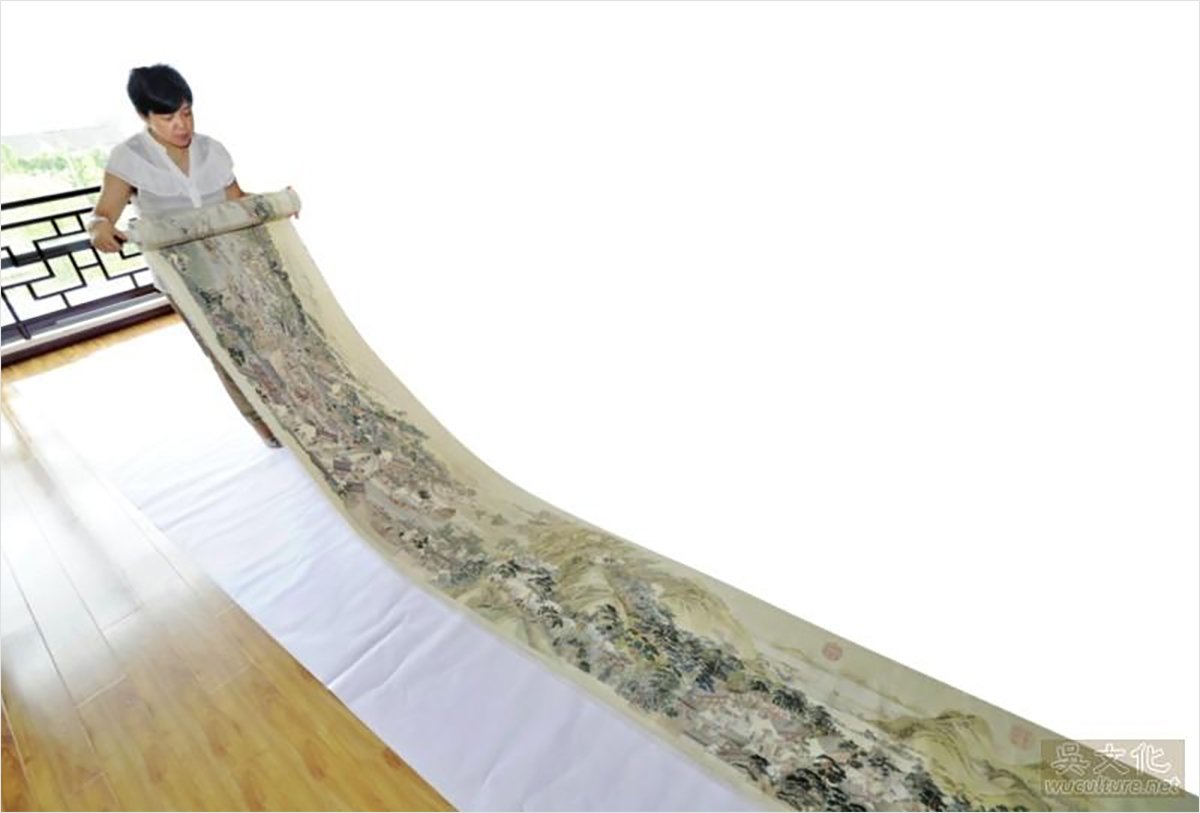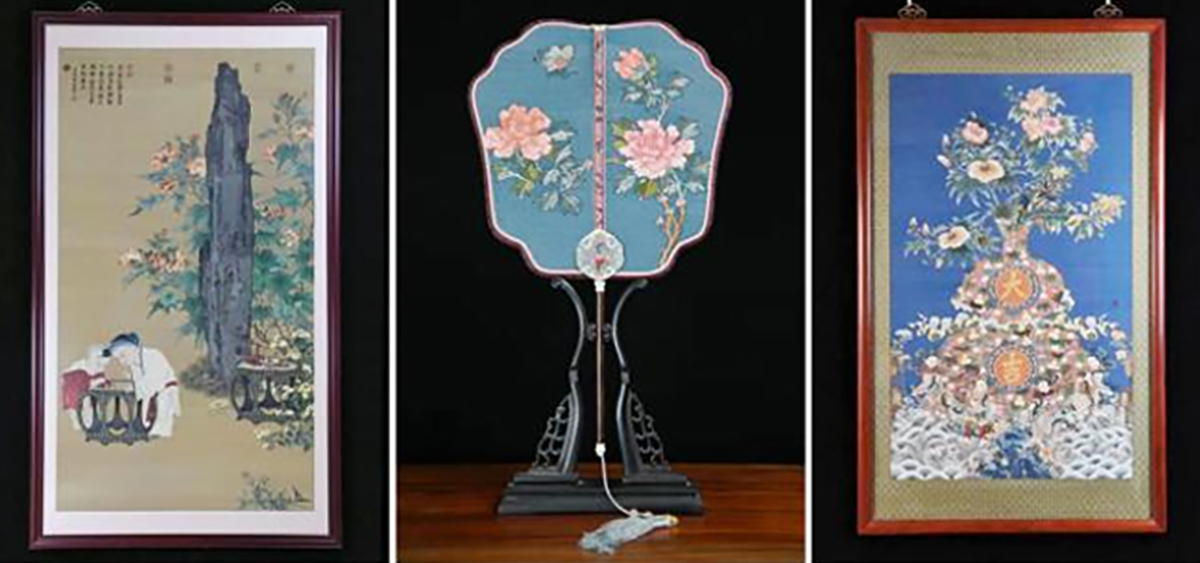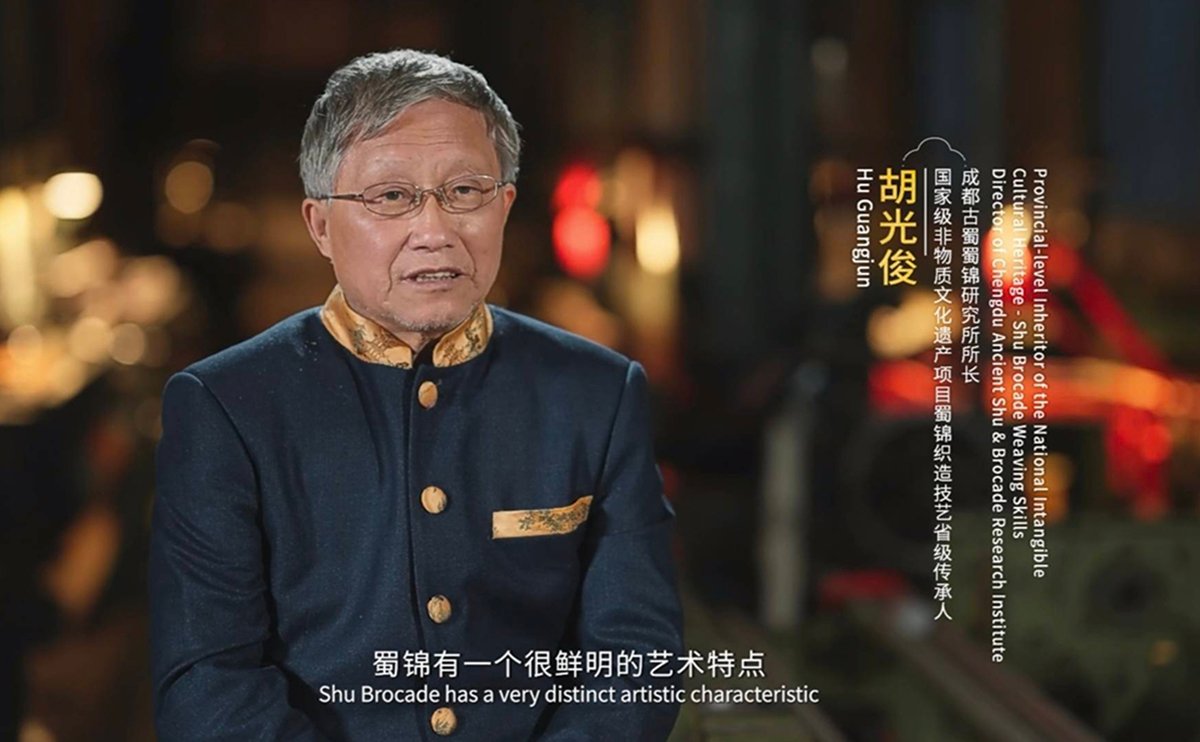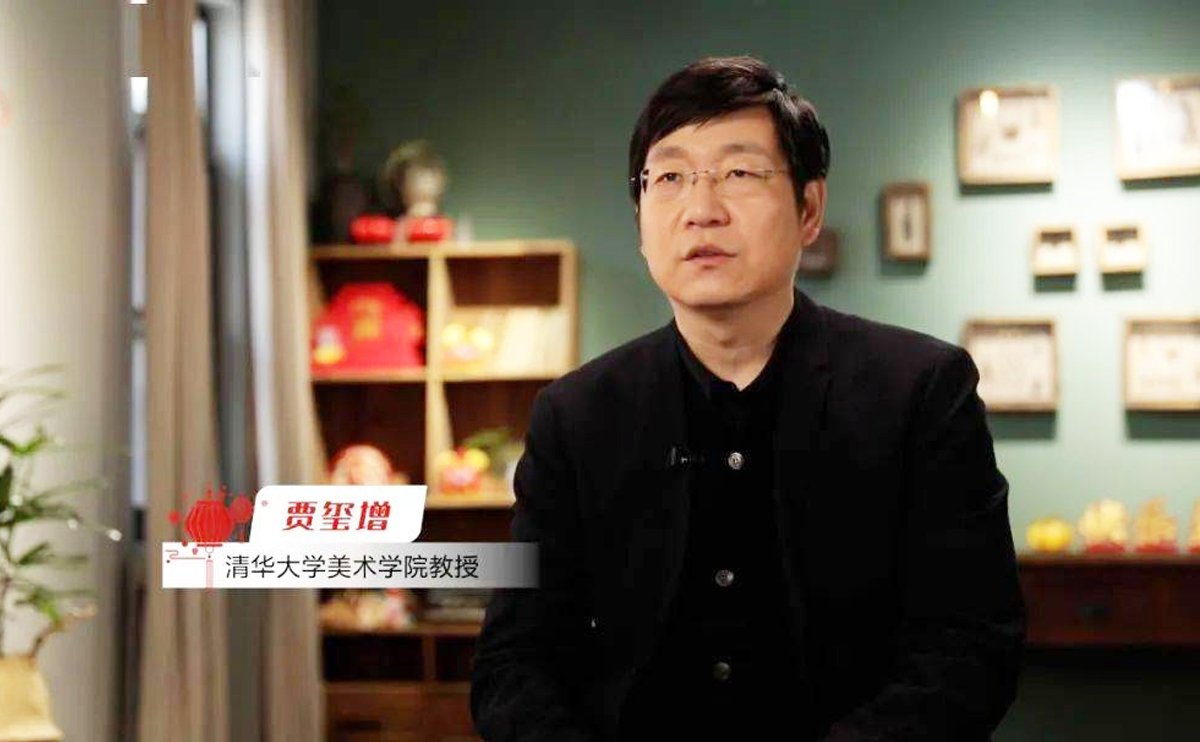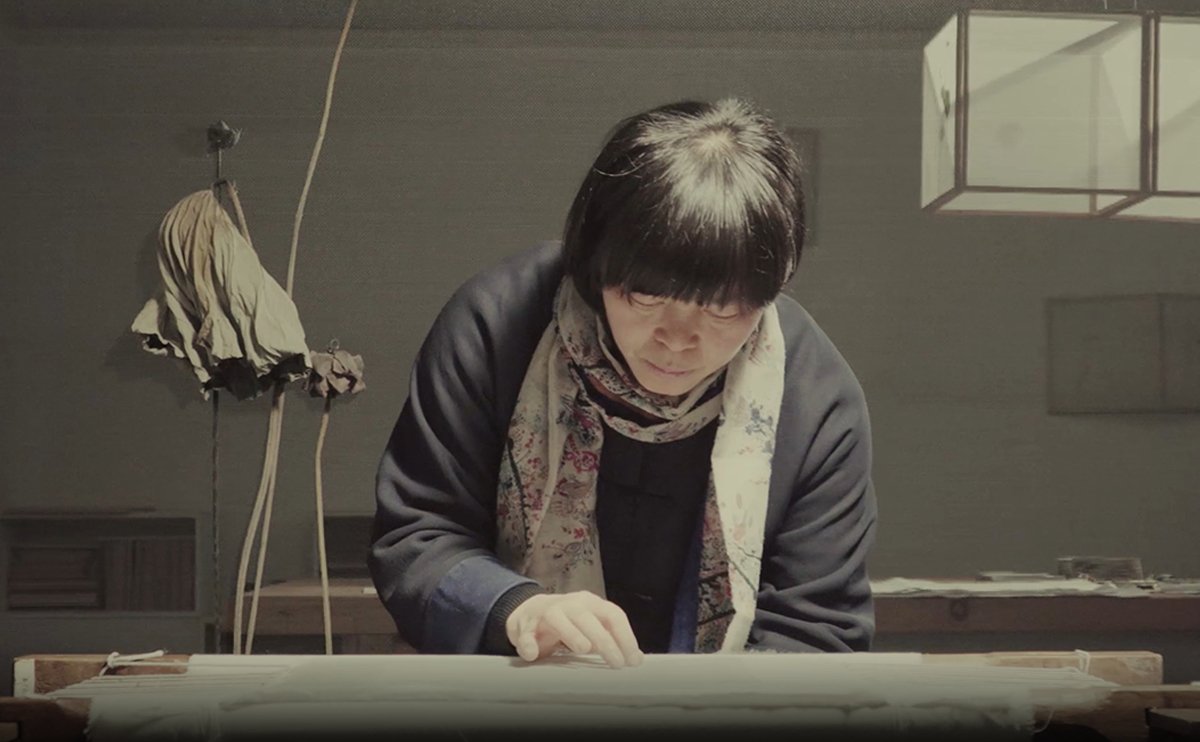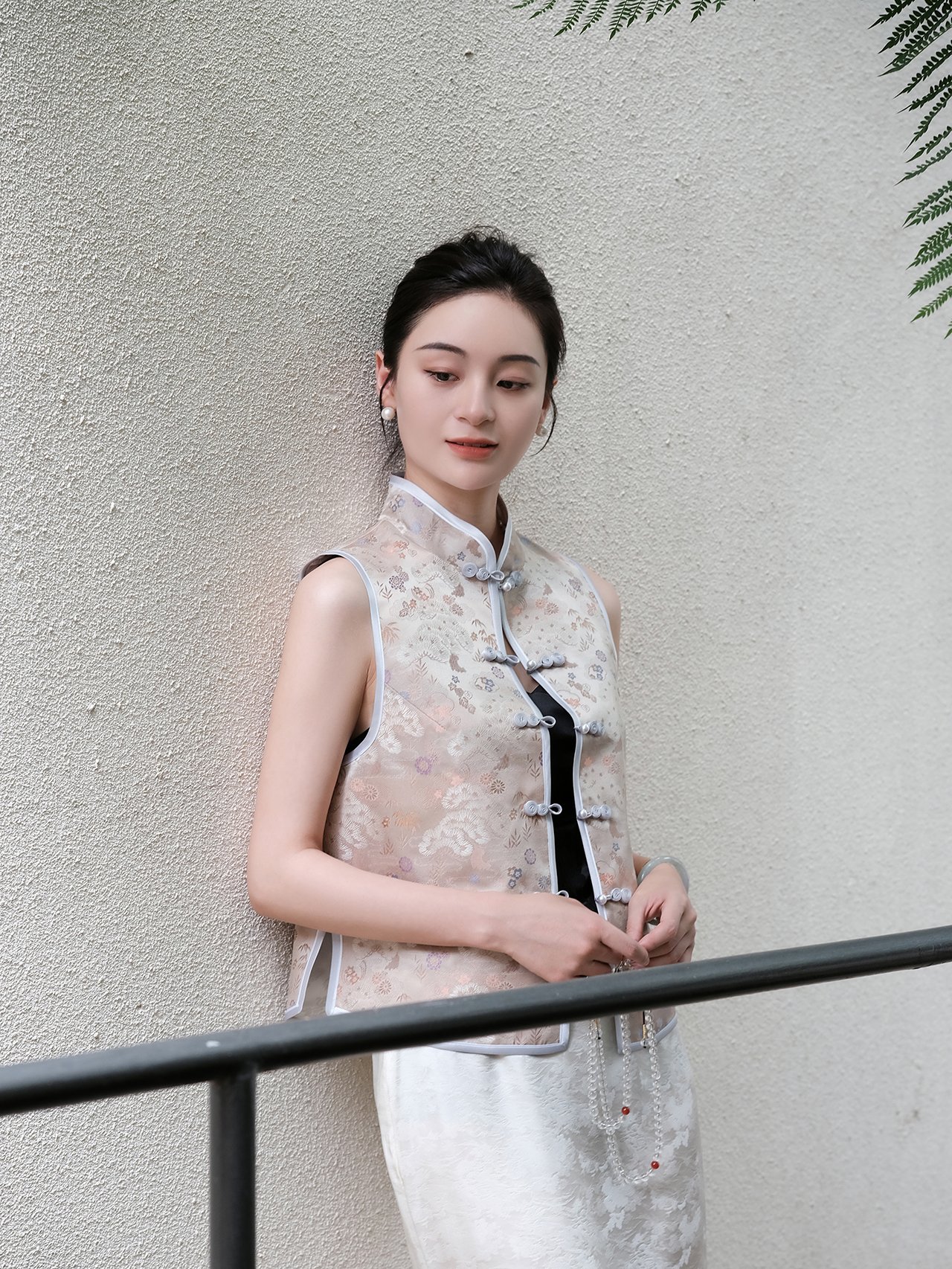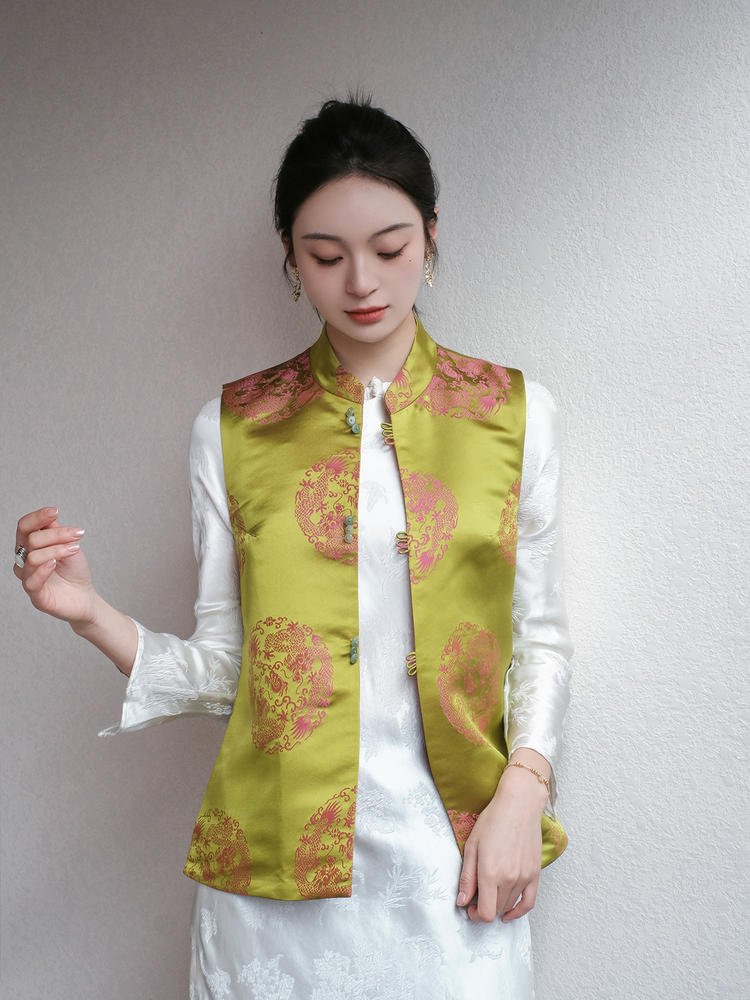Lu Meiying

Lu Meiyi, a senior master of traditional Chinese arts and crafts in Jiangsu Province and a representative inheritor of intangible cultural heritage in the High-tech Zone, has a profound and comprehensive understanding of kesi weaving techniques and is also courageous in innovation. She has a particularly unique perspective on the shape and outline of kesi products. Currently, she is attempting to blend Song brocade and kesi, and if the richly colored, intricately patterned, and firm yet soft Song brocade can complement the fine, enduring, and vividly three-dimensional kesi, it is certain to create a distinctive charm. Innovation is indispensable in the inheritance of techniques, but for artisans, the most important thing is to adhere to their original intentions. During the production of kesi products, Lu Meiyi always adheres to the creative principle of striving for excellence and meticulous work, strictly controlling and carefully handling every subtle change. When making "Prosperous Scenes of Suzhou", she studied the original painting over 100 times, including how to handle the colors and techniques, and only started the production after forming a clear impression in her mind. This masterpiece, which took 18 kesi artisans two and a half years to complete, attracted widespread attention upon its release, and its level of detail and color accuracy were highly praised by experts in weaving and embroidery. While self-studying ink wash painting, Lu Meiyi also made a special kesi loom for this work. After its completion, not only did it break the traditional limit of 70 cm for kesi, but this specially made kesi loom also applied for a Guinness World Record.
A section of the kesi work "Prosperous Scenes of Suzhou"

From 2009 to 2016, for more than two years, Teacher Lu Meiyi began to learn ink-wash painting and constantly pondered and analyzed how to represent the characters and scenes, as well as the stillness and movement in ink-wash painting. Combining her over 30 years of experience, Teacher Lu created "ink-wash kesi". This required introducing 2 to 3 colors into a single silk thread, which increased the production time several times. She also specially trained her creative team systematically. Due to the length of the scroll, the weaving machine also had to meet certain requirements. Under extremely tight economic conditions, she specially purchased a creative factory to accommodate the new kesi loom, which took more than a year to complete. Later, she invited experienced technicians to set up the warp. Because the warp was too long (19 meters), a process that usually takes a few days took more than two months. In terms of controlling the thickness of the silk thread, it was often necessary to split a single silk thread (16 strands) into sixteen (1 strand) to accurately represent the thousands of characters and scenes in the original work, especially the expressions, clothing, and behaviors of the characters, which vividly restored the living conditions of various social strata at that time. A total of more than 20 highly skilled technicians, including painters, draftsmen, colorists, silk thread splitters, and kesi artisans, participated in the creation. The final completed kesi scroll is 1760 cm long and 48 cm wide, featuring mountains, water, boats, houses, over 200 shop signs, 503 bridges, and 10,000 characters. By August 2016, Teacher Lu Meiyi and her team spent more than six years on this project. With their meticulous "craftsman spirit" and extraordinary perseverance, they created this unique kesi masterpiece in terms of expression techniques, weaving machines, creation difficulty, and artistic effect.
Lu Meiyi displayed the kesi version of "Prosperous Scenes of Suzhou"
